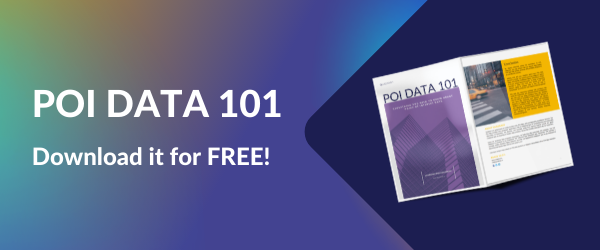Geospatial data and technology offers great opportunities for the development of modern tourism applications and businesses. Accurate Point-of-Interest (POI) data is crucial for effective trip planning, online bookings, and location-based services such as digital maps and navigation systems. On the other hand, analysis of mobile location data can offer comprehensive insights into travellers' movement and behavior, allowing businesses to derive actionable business intelligence and improve their offerings.









